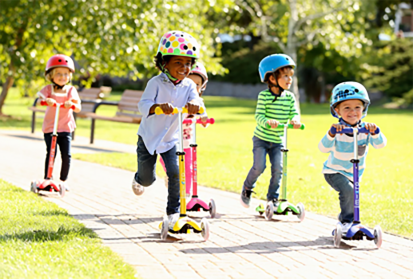Kids on Scooters in the Classroom A Fun Learning Experience
In recent years, innovative teaching methods have been making waves in educational settings across the world. One particularly interesting phenomenon that has emerged is the incorporation of scooters into classroom environments. While it may sound unconventional, bringing kids on scooters into the classroom has sparked a lively debate about its benefits and potential drawbacks.
The classroom has traditionally been a space defined by desks and chairs, often resulting in a mundane atmosphere that can stifle creativity and engagement. However, introducing scooters into this environment offers a fresh dynamic. Imagine a classroom where students glide around, engaging in discussions and group activities while riding their scooters. This not only transforms the learning experience but also promotes physical activity, something that is crucial in a time when many children are increasingly sedentary due to the prevalence of screen time.
Kids on Scooters in the Classroom A Fun Learning Experience
Moreover, incorporating scooters into classroom activities encourages social interaction. As students share the space and engage in cooperative learning exercises, they develop essential social skills like teamwork, communication, and empathy. Children learn to navigate their environment, understand spatial awareness, and respect personal boundaries while having fun. This playful aspect of learning can help build a positive classroom culture, fostering friendships and a sense of community among students.
kids on scooter in classroom

However, while the concept of using scooters in classrooms may be appealing, it does come with challenges that educators must address. Safety is a primary concern; classrooms can be crowded, and the risk of accidents is heightened when students are moving around on scooters. To mitigate these risks, teachers can establish rules and guidelines to ensure safe riding. For instance, designated areas for scooter activities, supervised usage, and clear communication about appropriate behavior can create a safer environment for all.
Another challenge is accommodating different learning styles and needs. Not every child may feel comfortable using a scooter in the classroom. Some students may find it distracting or may have physical limitations that prevent them from participating. Teachers must be mindful of inclusivity and provide alternative options for students who may not wish to ride scooters while still promoting an engaging learning atmosphere.
As educational institutions strive to innovate and adapt in an ever-changing world, the use of scooters in classrooms presents an intriguing possibility. By fostering an environment where movement is encouraged, educators can help students develop both academically and socially. The classroom becomes a vibrant place where learning is not limited to stationary desks and lectures, but instead, where kinetic energy promotes growth and exploration.
In conclusion, the integration of scooters into classrooms is an innovative approach that can potentially enrich the learning experience for students. While it poses certain challenges, the benefits—such as increased engagement, enhanced social interactions, and promotion of physical activity—are worth considering. As we move forward into a future of educational possibilities, letting kids ride scooters in the classroom might just be one of the keys to unlocking a new era of active and joyful learning.
-

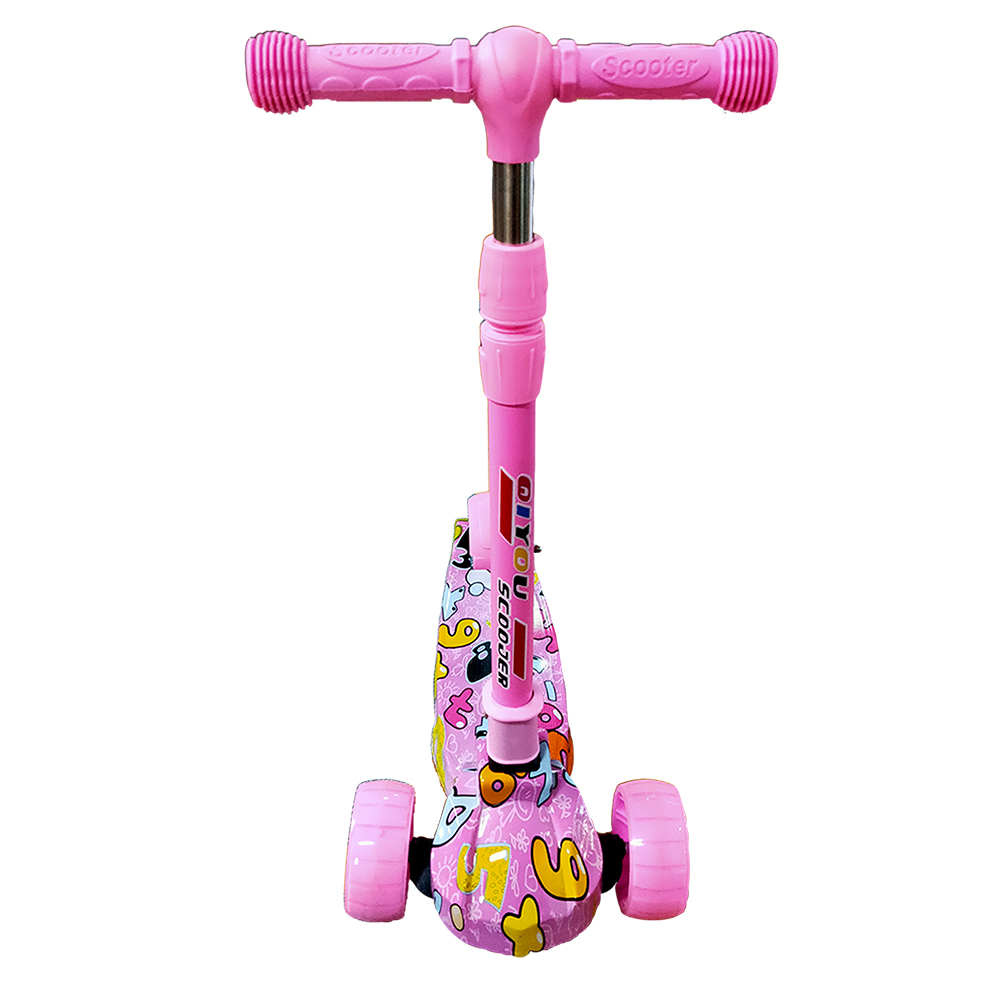 Scoot&RideKids Child Kick Push Scooter 3 Wheels with LED Flashing Tilt Lean Boys Girls Scooter
Scoot&RideKids Child Kick Push Scooter 3 Wheels with LED Flashing Tilt Lean Boys Girls Scooter




- 4
$33.17 -

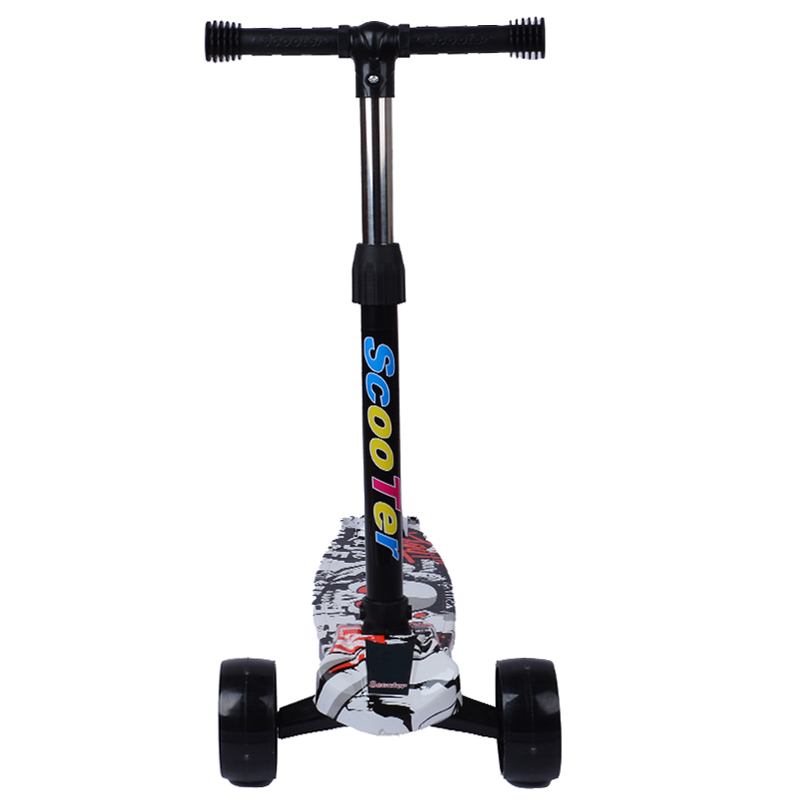 Scoot&RideKids Scooter Child Kick Flashing LED Light Up 3 Wheel Push Adjustable Folding 3
Scoot&RideKids Scooter Child Kick Flashing LED Light Up 3 Wheel Push Adjustable Folding 3- 0
$25.52 -

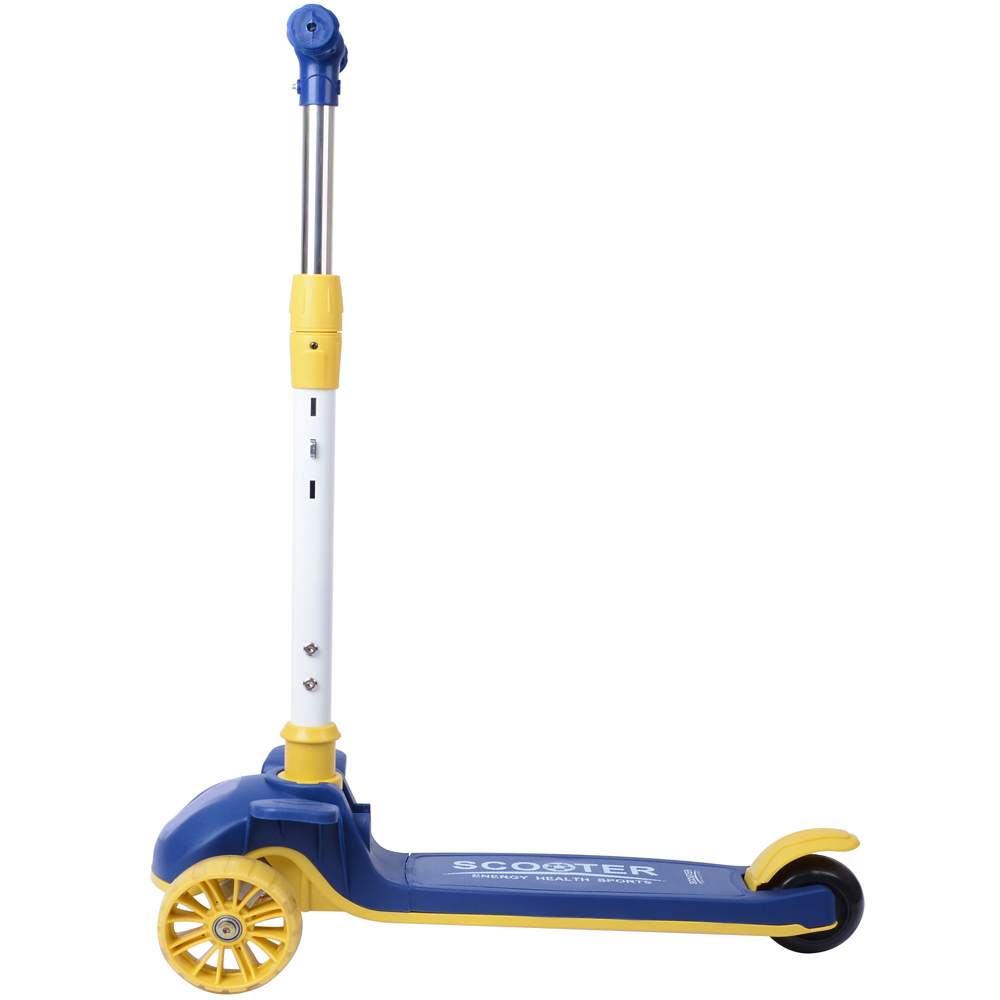 Scoot&RideKids Scooter Child Kick Flashing LED Light Up 3 Wheel Push Adjustable Folding 2
Scoot&RideKids Scooter Child Kick Flashing LED Light Up 3 Wheel Push Adjustable Folding 2- 0
$33.17 -

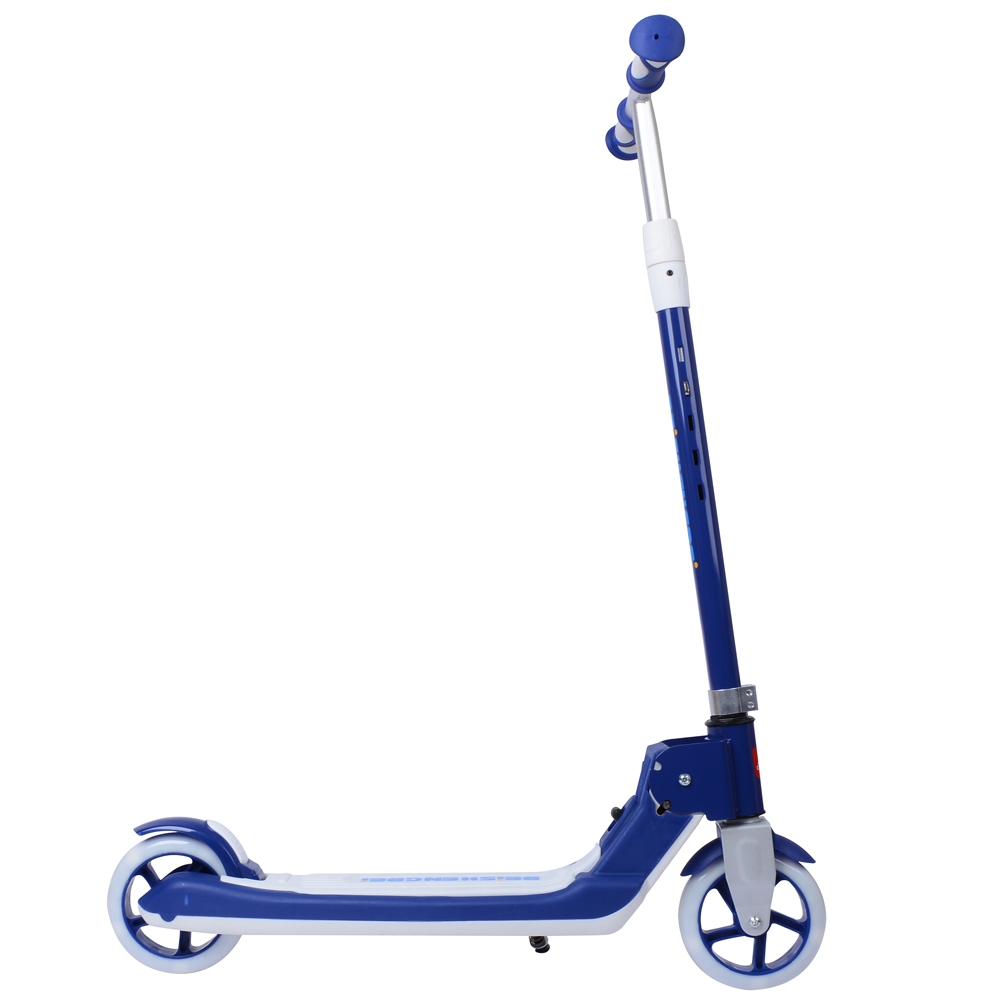 Scoot&RideKids Scooter Teens Foldable Kick Push Scooter Adjustable Height Safe 2 Wheels
Scoot&RideKids Scooter Teens Foldable Kick Push Scooter Adjustable Height Safe 2 Wheels




- 4
$49.99
Meet our partners and discover what powers their creativity!
When you register for a Lohas scooter, you will receive a 10% discount on your first order and can be notified of sales, new product launches and other offers in advance.









